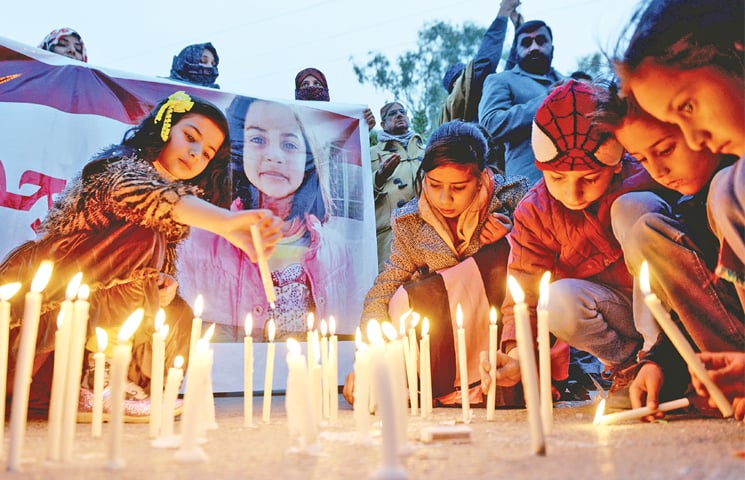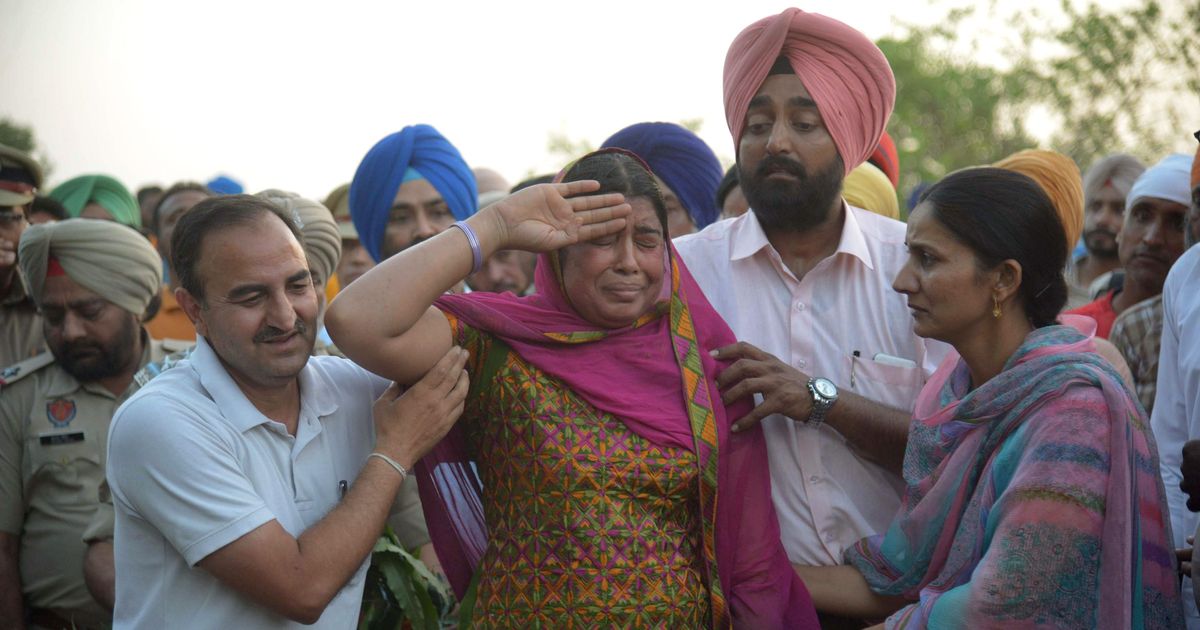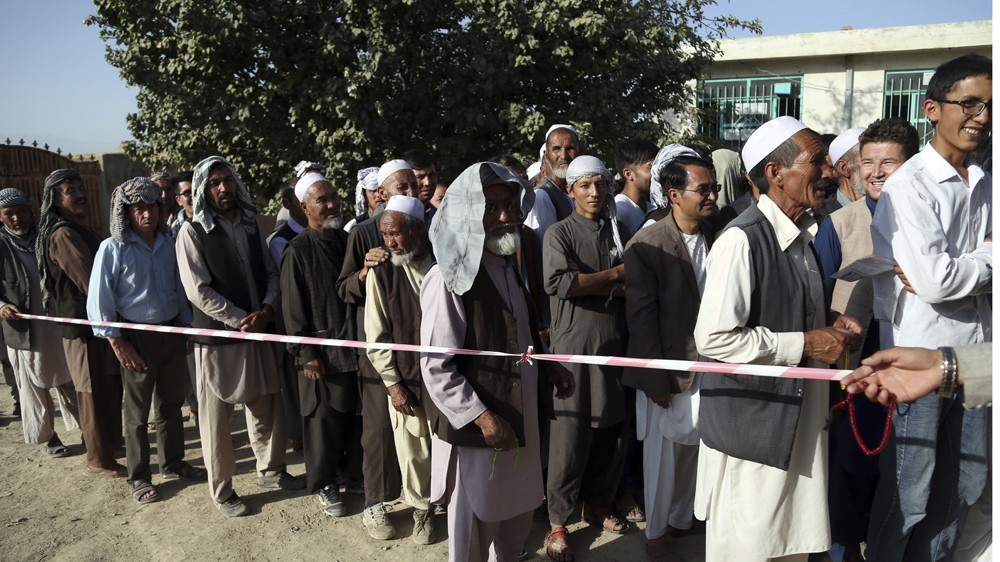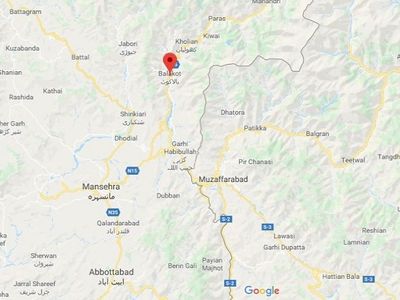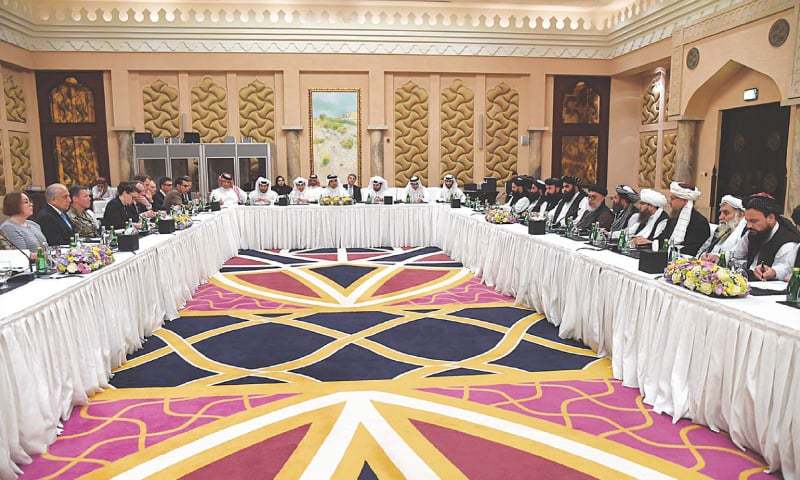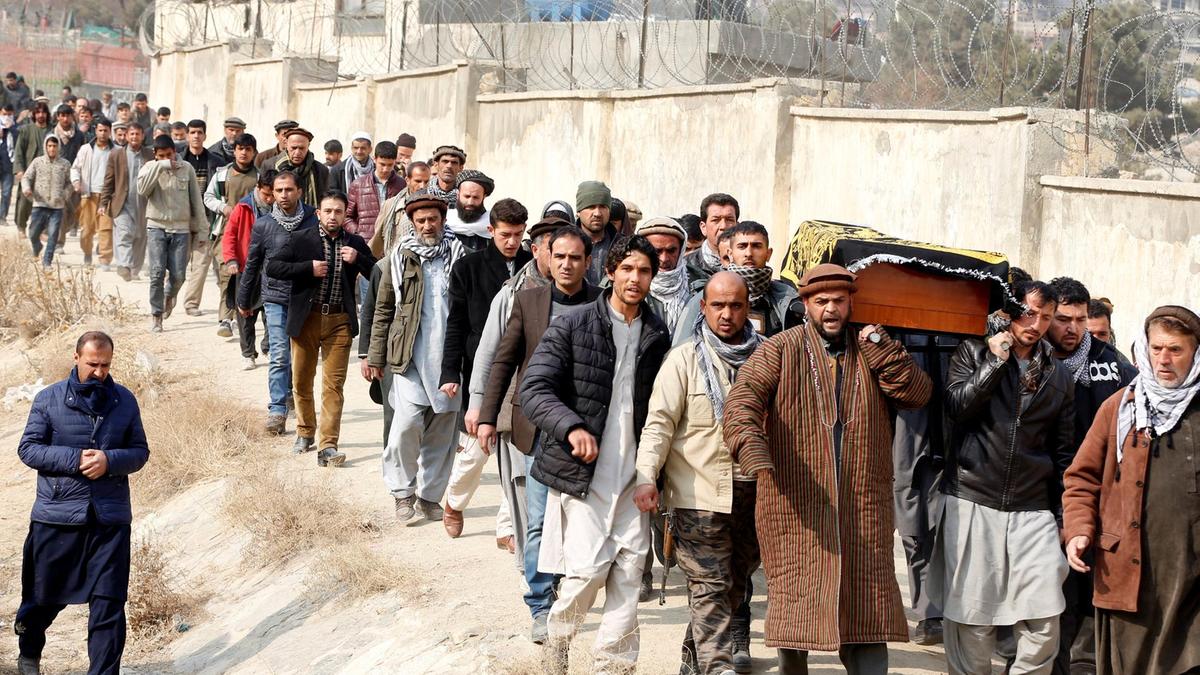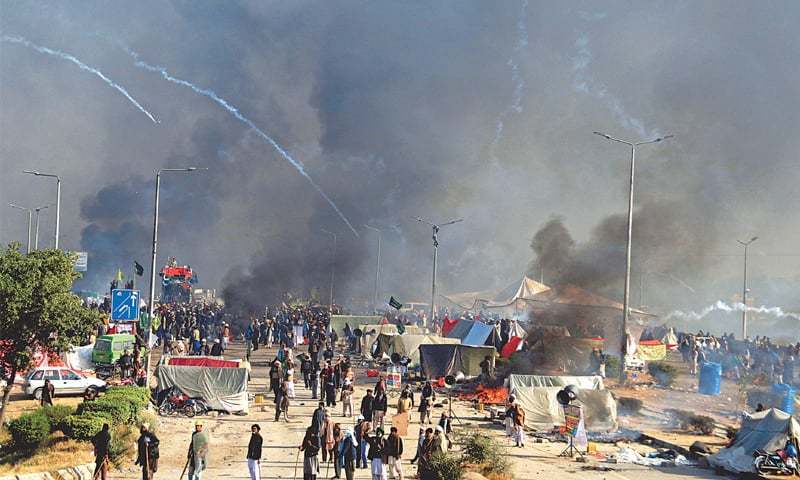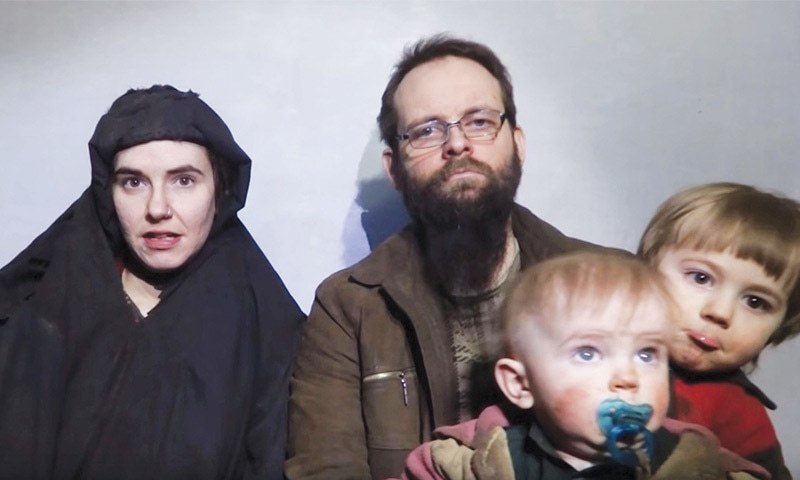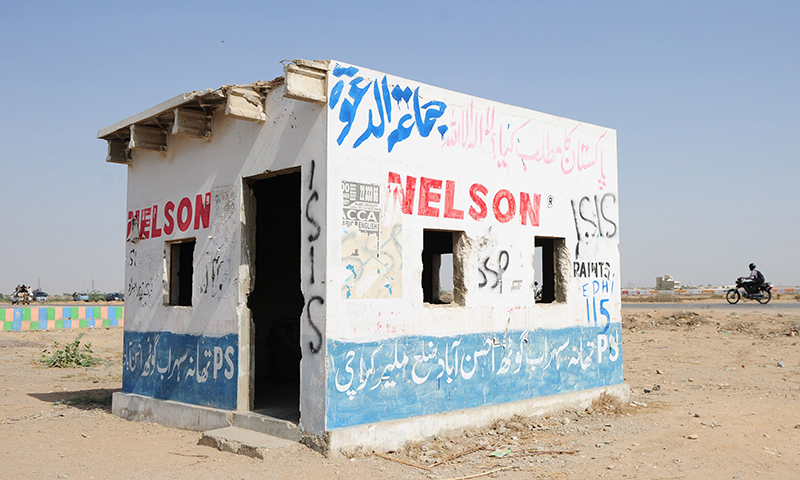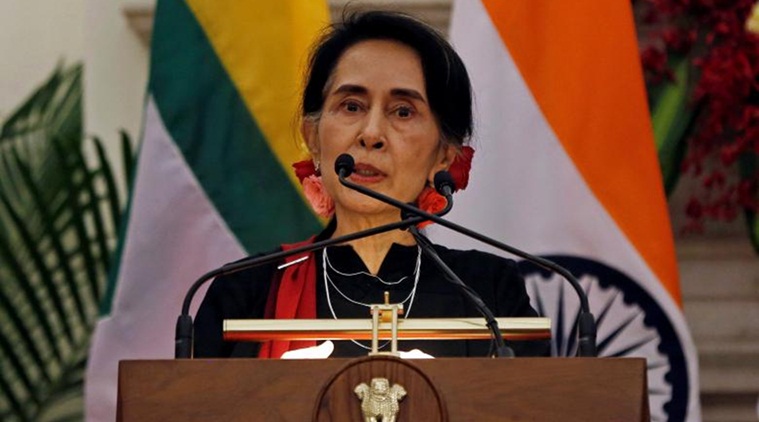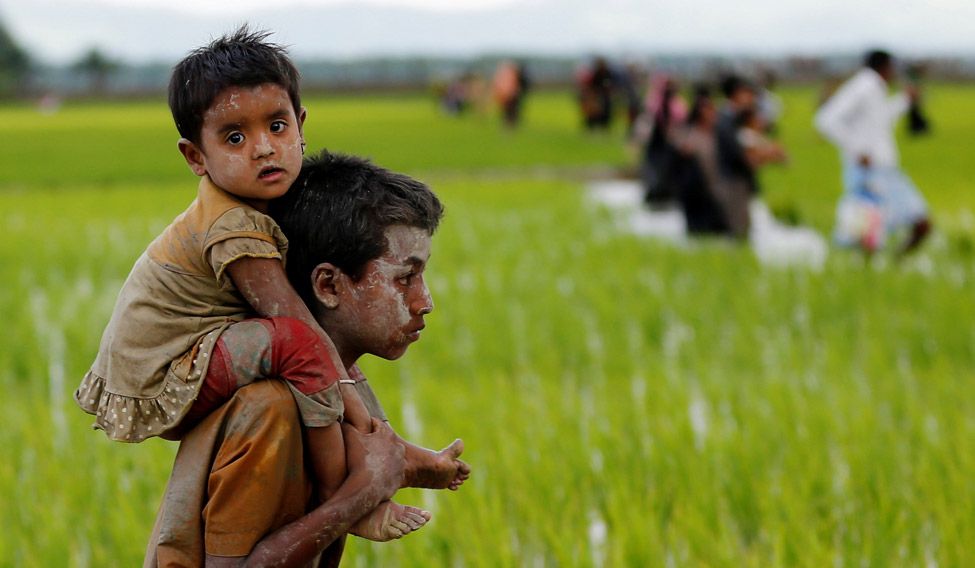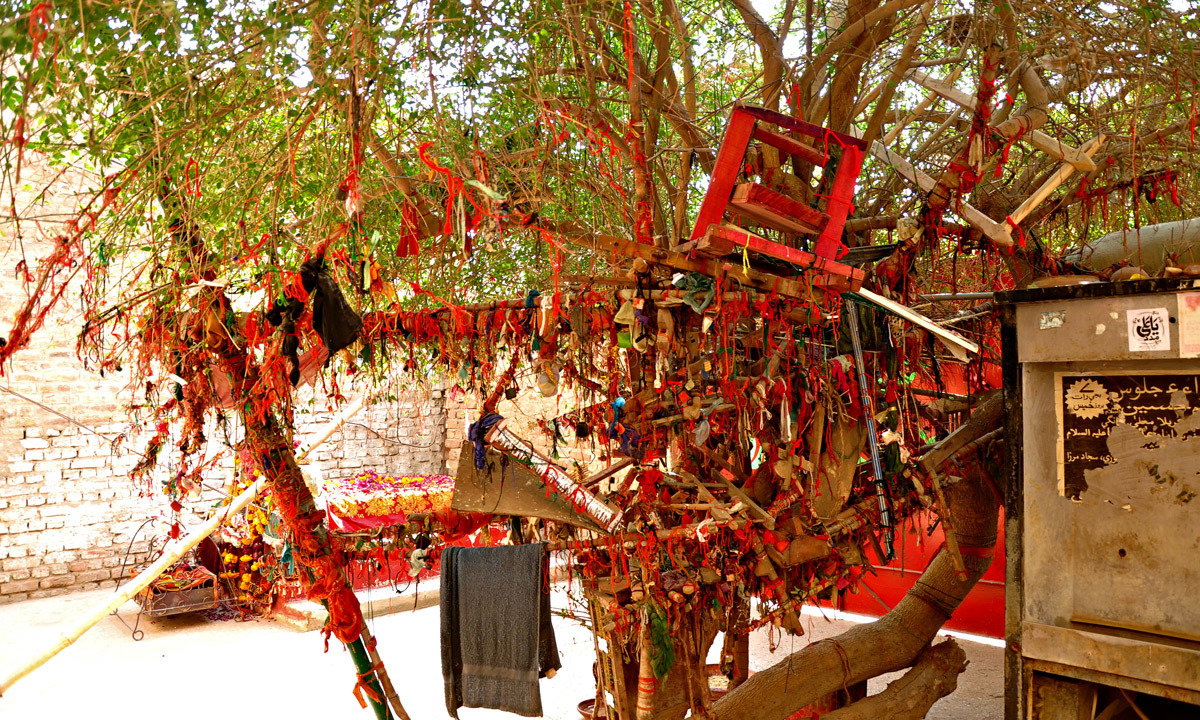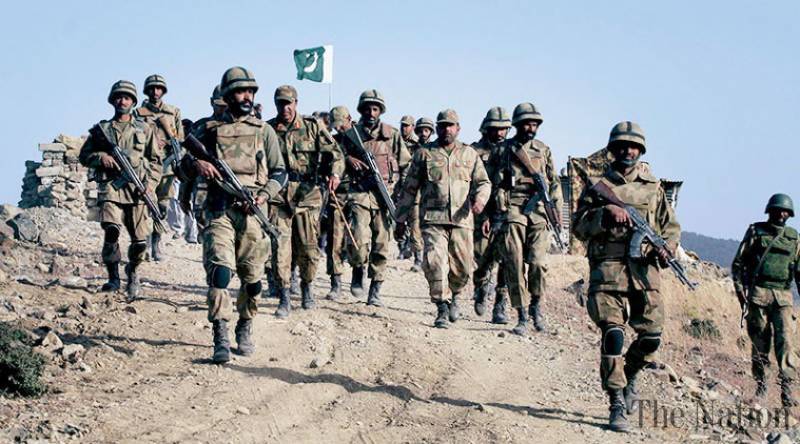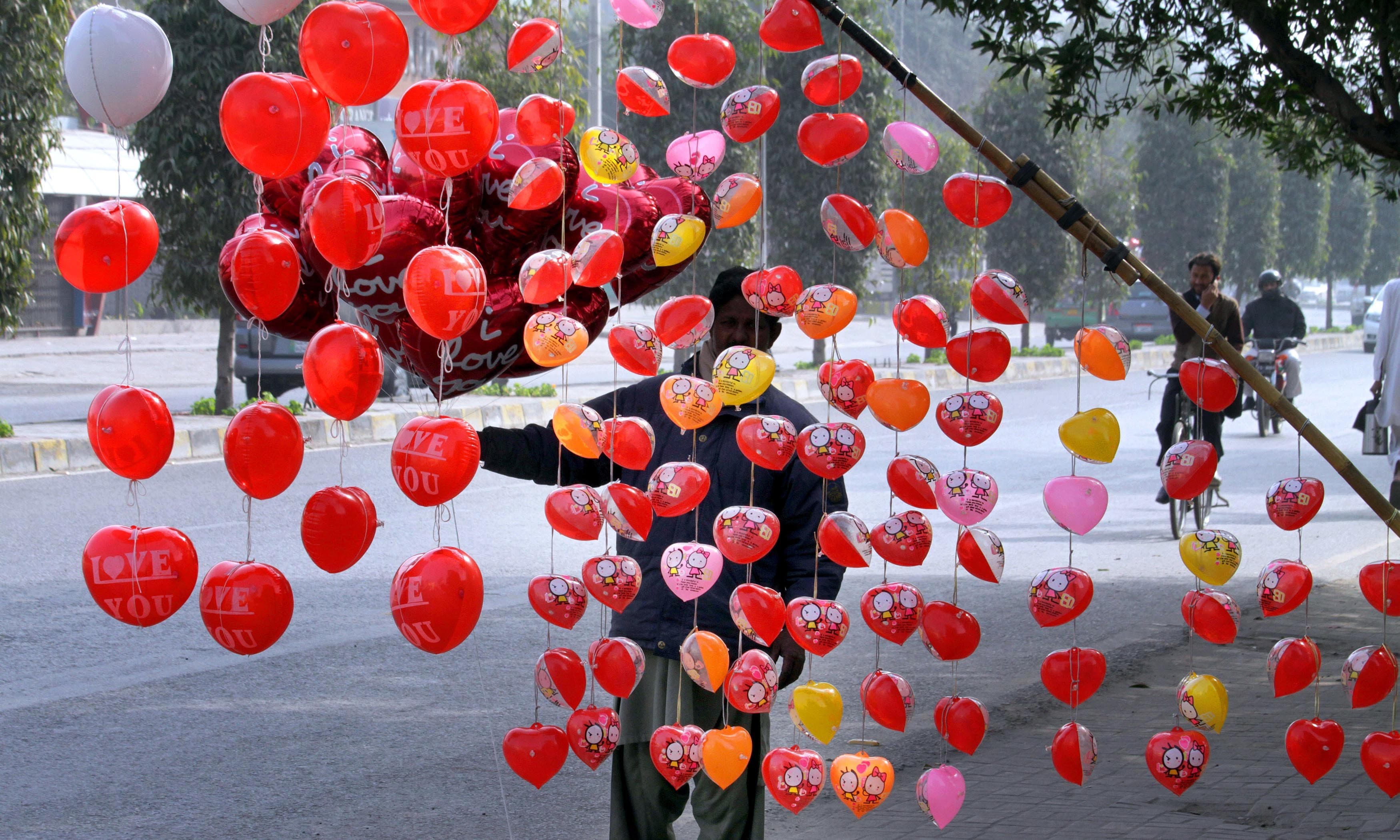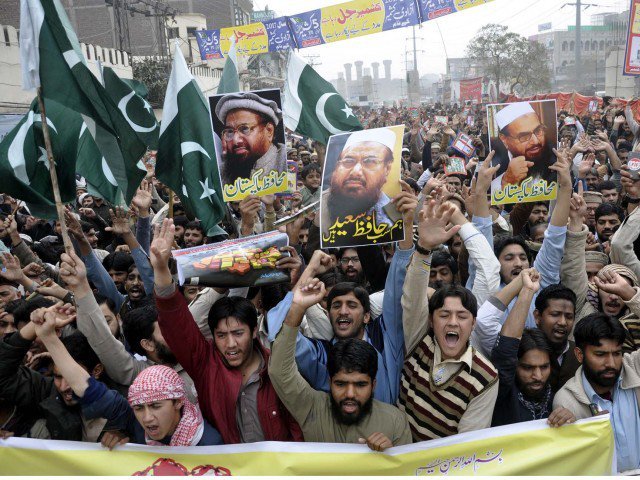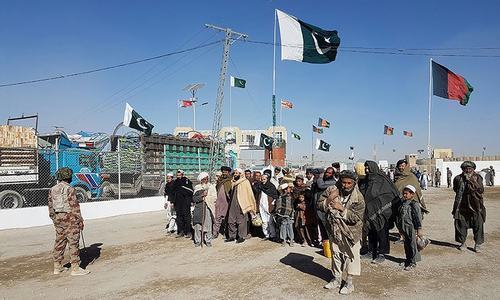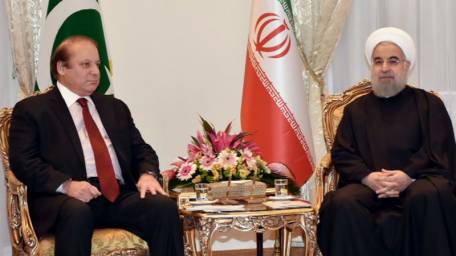CR Analysis
D. Suba Chandran
Professor
International Strategic and Security Studies Programme (ISSSP)
National Institute of Advanced Studies (NIAS), Bangalore
The rape, killing and dumping of the body of Zainab - a seven-year-old girl in a dustbin in Kasur in Pakistan seems to have punched the societal conscience. Ever since, there have been spontaneous civil society protests not only in Kasur, but also in rest of Pakistan against the brutality, demanding justice for Zainab. One could sense the angst in rest of South Asia as well, as could be seen from the media space that the issue has been occupying.
A few years ago, gang rape of a young girl in New Delhi stirred the public emotion in the national capital in India. The Delhi incident created a national furore; the victim was taken to Singapore, but could not survive. But, the attack on her pricked the societal conscience. From electronic to social and print media, there was so much of focus during 2012-13. Multiple processions, candlelight prayers and discussions – but the issue died down later in 2013. The society moved on.
Will Zainab also be forgotten during 2018?
The Zainabs and Kasurs of South Asia
Zainab is not just a Kasur story. Each district in South Asia, cutting across the national boundaries has a Zainab story to tell. The regional statistics in South Asia highlight a horrible fact regarding violence against the children.
The violence against children in South Asia is a huge story. Child Labour, Child Marriage, Sexual Exploitation, Trafficking, Child Soldiers – the list of abuse involving the children is a long one.
While the causes for the above are different and covers a broad swath – poverty, lack of awareness, illiteracy, patriarchy, economy, conflict, failure of the State etc – the harsh reality is – South Asia is one of the most unfriendly regions for the children.
And Kasur is not just a Pakistan story. There are numerous Kasurs in Pakistan and rest of South Asia as well. Unfortunately, Kasur is being singled out as the hub or the capital of child abuse. Kasur is merely an ugly expression of our collective failure. South Asia has witnessed numerous abuses and scandals in the recent past, with children being the core victims. Availability of pornographic materials – from CDs to MMS has been common in certain markets in most of the urban South Asia; recently, the trend has reduced because of internet. So it is just not Kasur.
So is the case of pornography rings and sex scandals in South Asia. In the recent years, different parts of South Asia - from Kashmir to Kerala, and from Quetta to Cox’s Bazar have been in news on the subject.
And the sexual abuse of children is not limited only to girls. From the bazaars of Quetta to the shores of Sri Lanka boys also get abused. From rape to prostitution, this abuser comes from different background –unsuspecting relatives, exploitative employers, criminal thugs and external tourists.
South Asia’s Child Abuse Problematique
Given the lack of accurate data, it will be difficult to quantify the nature of child abuse in South Asia. A society that gives more importance to the idea of “honour” is less likely to report the crimes against women and children to avoid “shame”.
A few within the “honour” bound section, if they could afford, try to settle scores personally – at times through a convoluted logic, or at times brutally by physically targeting the abuser. Others, who cannot afford, suffer the shame silently and curse the fate. The courageous ones fight the case legally and bring justice to the victims.
As a result, one is not sure what percentage of the abuse gets recorded. A few NGOs, build a database through the news reports available in the open source. From what is available in the public domain, one could conclude – that South Asia has a problem of child abuse.
Why?
Why does a region that takes pride in culture, family values and safeguarding its children, has a statistics that would make our heads hang in shame? What factors contribute to the abuse, and which sectors need to be addressed to fight child abuse in South Asia?
The following four factors are crucial in perpetuating the child abuse, hence needs a special focus in addressing the issue.
1. The hypocritical Civil Society
In Kasur, many blame the brutal assault and killing of Zainab to an earlier criminal ring engaged in child abuse and pornography. Some link it to an international network.
There is a ring, because there is a local market for the same. There are victims, because there are more abusers. In most cases, they are from the same town, and at times from the same vicinity, as the case has been with Zainab. Worse, there have been numerous cases where the abusers come from the same family. But, we would want to blame the State and the government. Should the society do an introspection first?
The list of child abuse – as explained earlier – needs societal action more than the State one. While the society openly condemns certain crimes in the list, it remains indifferent to another. Worse, it accepts a set of crimes as inevitable and even would like to justify as practical.
Child marriage and labour, despite national legislation continue to happen on a daily basis – both in rural and urban South Asia. Child brides are common in many parts of South Asia; worse, is the use of children, especially girls as a settlement reached through local panchayats. Whether tribal or rural jirgas, the fact is, there is a societal acceptance to the phenomenon.
Child labour is worse. Most of South Asia (both urban and rural) has a child labour problem. We just pretend that it does not happen. We turn our faces the other side, and ignore if there is someone employed in our immediate environment. From begging in the roadsides to constructions, from dhabas to corner shops that deliver goods to our home – we are well aware of the problem. We see it, but just ignore it. Or pretend, that it does not happen.
Child abuse is even worse. There is enough statistics in South Asia to prove that the phenomenon cuts across class differences in rural and urban areas. And in most cases, the abuser is someone who is known to the victim. If there is an exclusive “me too hashtag” on child abuse within the families, the stories will be huge. Still, the families will hush it. All in the name of “family honour”!
Child soldiers are another phenomenon, though not exclusive to South Asia. Though the Liberation Tigers of Tamil Eelam (LTTE) shared more headlines on the issue, other conflicts in the region have used children as soldiers. From the Pakistan Taliban to Nepal Maoists – Child Soldiers are a regional phenomenon; it has happened and it would continue.
The reason is simple – our society is hypocritical and insensitive.
2. An Insensitive Investigation Force
While we consider our culture to many others, especially the West, there is so much we could learn from the latter. But, we would not. A case in point is our law enforcement agencies treat the children, especially the abused ones. Children facing abuse are considered as Special Victims; many countries in the West have focussed forces to deal with abuse against children. These agencies are not just in papers, or in billboards in front of the police stations; they are functional units and have been known for their empathy and efficiency.
Our police force in South Asia – cutting across the national boundaries in the region – is indifferent to special victims. How sensitive are our institutions in dealing with violence against women and children? Even a matured and a well-educated woman in South Asia would find it difficult to interact with our investigating agencies. Filing a case in a police station will be a harassing experience in South Asia.
While South Asia has women cells, the issue remains. Investigating institutions in South Asia – cutting across the gender divide remains the same in attitude. There is a cultural arrogance; the agencies also become judgemental in dealing with the victims.
3. An Indifferent Judiciary
Those who have gone through the judicial process in South Asia – even on a simple civilian issue will understand the tough nature of the system. Despite well-meaning efforts by some of the leading jurists, honourable judges and societal conscience lawyers, the judiciary in South Asia is not victim friendly.
Even the lawyers and judges within the judicial structure have been complaining about gender inequality. Imagine, how the structure will be for outsiders, who do not have legal knowledge. For many victims, it has been a nightmarish experience recounting the entire crime and face tough (and times even indifferent) questions. Even a simple divorce proceeding is not easy for a woman.
Some legal systems in South Asia, have an inbuilt problem in addressing abuse relating to women and children. When the legal system is unwilling to accept the DNA results, or expects four adult men to testify, it would be difficult to legally prove the crime and punish the criminal. As a result, the abuser goes free.
While the judicial system may talk in terms of legal jurisprudence, the sociological and psychological understanding of the victims and her background in cases relating abuse has a long way to go.
Given the nature of our investigating agencies and judicial proceedings, it would require enormous courage for a woman, let alone a young girl to go through the process. Many would rather prefer to silently suffer in private than fight for justice in the public. Not because, they dont want justice, but because the humiliation and torture that the process will bring.
4. A Hard State
Finally, the State in South Asia pays only lip service to the issue of violence against gender and children. Like the judiciary, the State also talks regarding legislations, and consider the issue as addressed, if the national Parliament or the provincial assemblies have passed a few legislations specific to gender and children.
There have been enough cases in the recent years – how legislators were insulted and abused in camera in the legislative assemblies. If this could happen to an elected legislator, in the legislative assembly, or to a learned person in a live discussion with the entire country watching it – imagine the plight of those victims, who were abused in private.
The State is harsh – as it fails to take adequate measures, despite knowing where the problems are. The reason is simple – the issue is not a priority one for the State in South Asia. From the Parliament to Bureaucracy – the harsh reality in South Asia is – for our State – issues relating to gender and children are neither a matter of primacy nor significance.
Unfortunately, Zainab will be forgotten in a few weeks. Our individual and collective conscience will have other issues to ponder over, until, there is another brutal crime. We need a larger debate; and we need to sustain it. Else, despite a few more “me too hashtags”, op-eds and TV discussions, we will come back to the same point.
Forgive us Zainab. We will forget you. It is only a matter of time, or something bigger happens. Once the next edition of the IPL and the PSL begin in India and Pakistan respectively, we will move on. Perhaps, we are an insensitive society and we want to find a scapegoat. Perhaps, it will be serial killer this time. Or the government in power. It is easier for us to abdicate our responsibilities and shift the blame on the State. Until the brutality gets another victim.
There is a serious societal crisis in South Asia, starting with parenting. Kasur is not the monster. It is just a mirror reflecting our collective conscience, or the lack of it.
An edited version of the above was first published in the Rising Kashmir.
The author is a Professor and a Dean at the National Institute of Advanced Studies (NIAS) Bangalore. He edits an annual - Armed Conflicts in South Asia and maintains a portal on Pakistan – www.pakistanreader.org.
